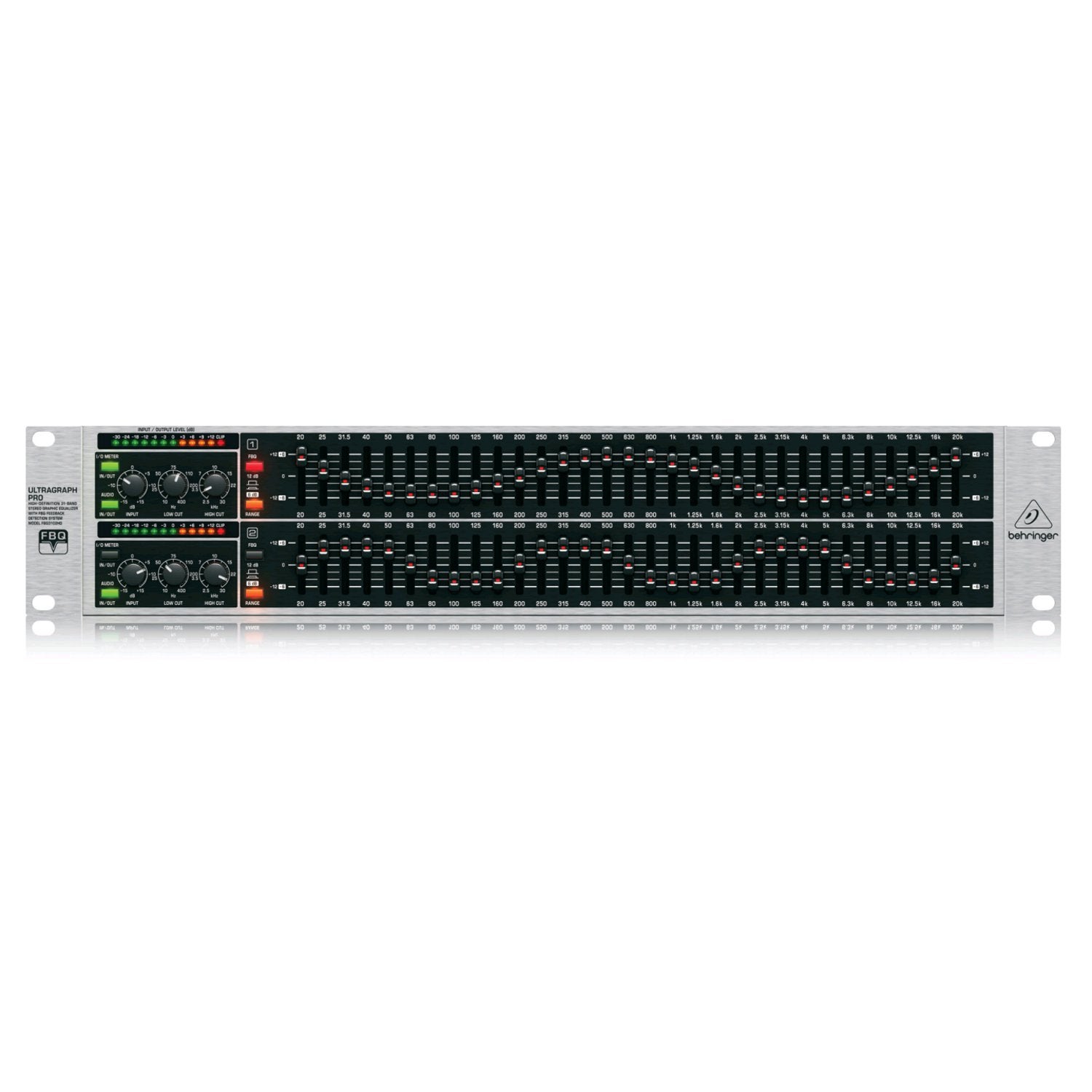I don't use an EQ and they almost seem like not available for home audio. Also there is a weird opinion about equalizers among audiophiles. Often I bumped into comments like "when a system needs an equalizer, replace the components".
Before I can make a point I would first need to to go into the 'flat response' wish among audiophiles.
There is a big difference to a flat response in a graph and how our ears 'perceive' a flat response. A flat response on paper might be off to our ears or not exiting enough. Adjustments to the room or our hearing can make it sound more right and signature details within can make it even sound more awesome or premium.
I would somehow compare this human interpretation of illusion to how Greek columns were designed in order to appeal more natural and amazing. Or how Disney uses this illusion for buildings in their parks to have a sense of depth. In audio, creating an illusion is no difference.
Now the thing is, let's say.. I could be searching for a particular way a system sounds tailored around a kind of music in a particular room I am listening and the speakers are near perfect for me but have something that can use a bit of tweaking in a certain range to reach personal perfection.
An audiophile would probably suggest another amp, all kinds of expensive treatment, different stands or even other speakers. But the idea of an equalizer is taboo. Which is odd because equalizers are far from taboo in professional environments.
I am not surprised on why equalizers have a bad reputation in consumer electronics.
1st They were more of a gimmick in the past. Cheap systems often had far from precise equalizers with flashy lights that as a package didn't add any added value other than bells and whistles.
2nd probable reason is that every speaker or amp manufacturer is kind of delivering its own signature and don't like the option for a consumer to tinker around.
3rd reason is that a good equalizer adds another, often ugly module that is mostly not made for home applications, whereas most consumers prefer organized shelves and consistancy in design given their components.
Assuming that most people who post here know how they like their sound and probably have had a moment thinking 'this could use a little spicing in this range or a little downtuning here' to make the vocals for example more present. I wonder if any of you uses one or ever thought about adding one.
Furthermore I wonder if there are any recommendable multiband hardware equalizers for non insane prices that are a little home stereo friendly 🙂
Before I can make a point I would first need to to go into the 'flat response' wish among audiophiles.
There is a big difference to a flat response in a graph and how our ears 'perceive' a flat response. A flat response on paper might be off to our ears or not exiting enough. Adjustments to the room or our hearing can make it sound more right and signature details within can make it even sound more awesome or premium.
I would somehow compare this human interpretation of illusion to how Greek columns were designed in order to appeal more natural and amazing. Or how Disney uses this illusion for buildings in their parks to have a sense of depth. In audio, creating an illusion is no difference.
Now the thing is, let's say.. I could be searching for a particular way a system sounds tailored around a kind of music in a particular room I am listening and the speakers are near perfect for me but have something that can use a bit of tweaking in a certain range to reach personal perfection.
An audiophile would probably suggest another amp, all kinds of expensive treatment, different stands or even other speakers. But the idea of an equalizer is taboo. Which is odd because equalizers are far from taboo in professional environments.
I am not surprised on why equalizers have a bad reputation in consumer electronics.
1st They were more of a gimmick in the past. Cheap systems often had far from precise equalizers with flashy lights that as a package didn't add any added value other than bells and whistles.
2nd probable reason is that every speaker or amp manufacturer is kind of delivering its own signature and don't like the option for a consumer to tinker around.
3rd reason is that a good equalizer adds another, often ugly module that is mostly not made for home applications, whereas most consumers prefer organized shelves and consistancy in design given their components.
Assuming that most people who post here know how they like their sound and probably have had a moment thinking 'this could use a little spicing in this range or a little downtuning here' to make the vocals for example more present. I wonder if any of you uses one or ever thought about adding one.
Furthermore I wonder if there are any recommendable multiband hardware equalizers for non insane prices that are a little home stereo friendly 🙂



